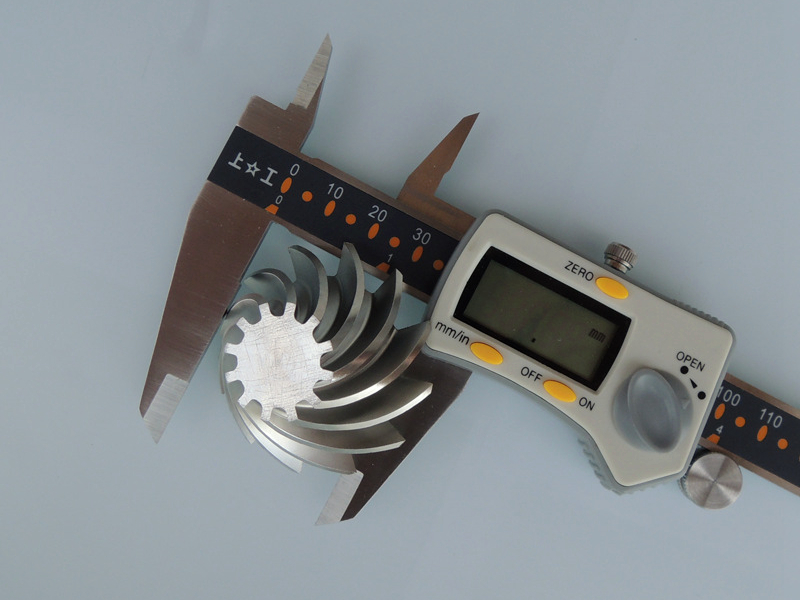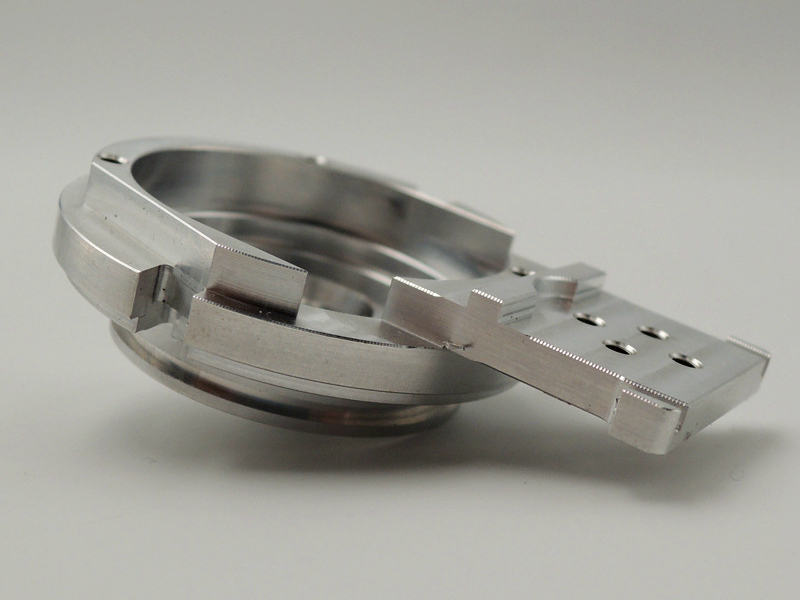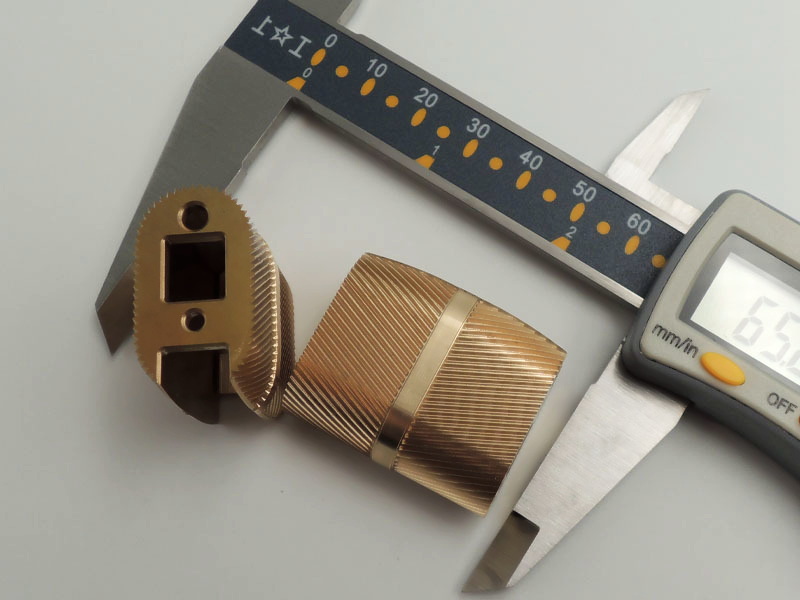How is surface roughness measured and specified?
How Is Surface Roughness Measured and Specified?
What Is Surface Roughness?
Surface roughness refers to the fine irregularities on a machined surface, typically resulting from the cutting tool’s feed marks. It directly affects mechanical performance, wear, sealing, and aesthetic properties. In CNC machining, surface roughness is measured and specified using standardized parameters that quantify these irregularities.
Common Measurement Standards and Parameters
The most widely used parameter for surface roughness is Ra (Roughness Average), expressed in micrometers (µm) or microinches (µin). It represents the average deviation of the surface profile from a mean line across a sample length.
Other parameters include:
Rz: Average peak-to-valley height over five sampling lengths. More sensitive to surface anomalies than Ra.
Rt: Total height of the roughness profile from the highest peak to the deepest valley.
Typical surface roughness values:
Surface Finish Type | Ra (µm) | Application Example |
|---|---|---|
As-machined (standard) | 3.2–6.3 | General CNC parts, brackets |
Semi-finish | 1.6–3.2 | Light-duty mechanical surfaces |
Fine machining | 0.8–1.6 | Functional precision components |
Precision grinding | 0.2–0.8 | Bearing seats, sliding components |
Polishing/electropolishing | <0.2 | Sealing surfaces, medical and optical parts |
Neway routinely delivers surface finishes as fine as Ra 0.2 µm for high-performance parts using processes like grinding, electropolishing, and PVD coatings.
How Surface Roughness Is Measured
Surface roughness is typically measured using:
Contact Profilometers: A stylus traces the surface and records deviations.
Optical Profilometers: Non-contact methods using lasers or white light interferometry.
CMM with Surface Probes: Used for integrating dimensional and surface data in one inspection.
Specifying Surface Roughness in Drawings
Roughness values are specified in technical drawings using standardized symbols. A triangle with a number (e.g., Ra 1.6) indicates the required surface finish. Additional notes may indicate directionality or process methods, especially for critical surfaces.
Surface Finishing Services at Neway
Neway provides a complete range of surface finishing services, including as-machined, polishing, anodizing, powder coating, and more. We tailor surface quality based on functional or visual requirements and can inspect parts using in-house roughness testing instruments.
Explore surface treatment options:



